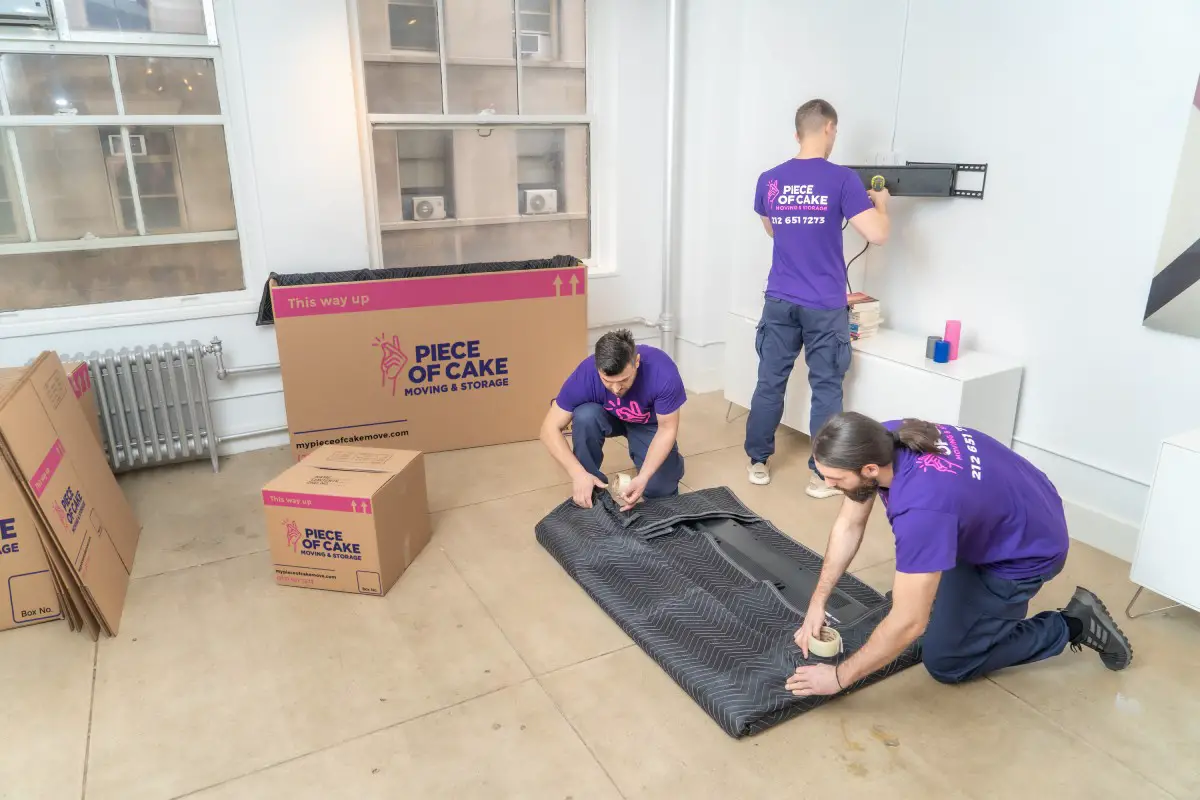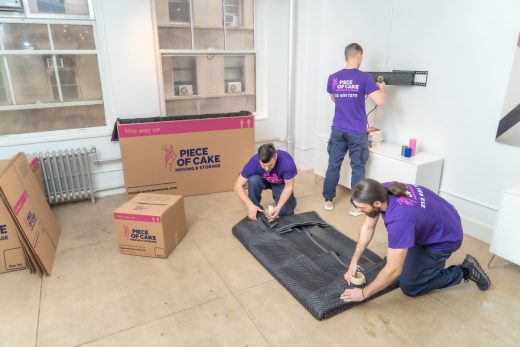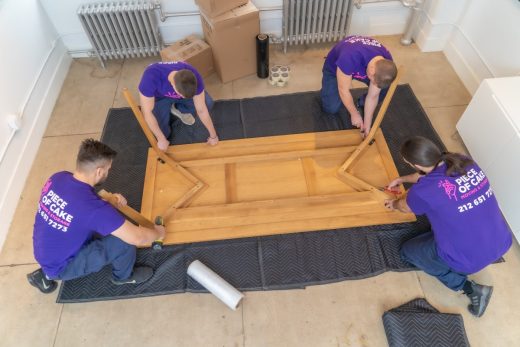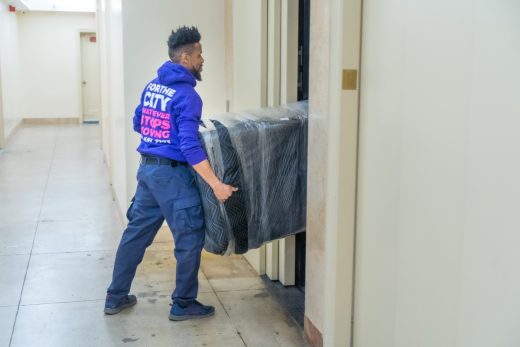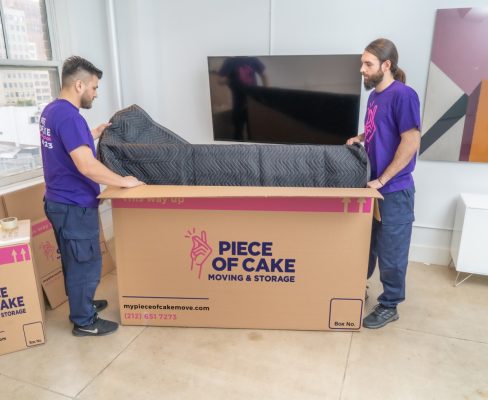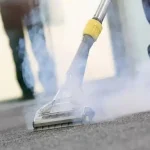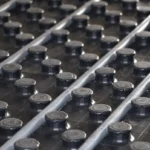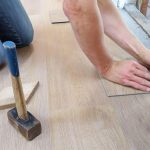How to protect floors walls and carpets when moving guide, Design tips, Online property decor advice
How To Protect Floors, Walls and Carpets When Moving?
10 Dec 2021
While a lot has been discussed safely moving your belongings, a little focus must also be diverted on protecting non-movable stuff. Your household floors, walls, carpets, stairs or elevators of the building are all exposed to the risk of getting damaged during the move.
When packing your household items and loading the boxes, very few people think about the structural damage. The floors and walls of your home can get scraped and dinged during the process.
One must ensure the safety of fixed elements of the homes to avoid paying for damages. Sometimes the landlords refuse to return the deposit on account of the damage to the flooring and other structures. Not to mention this hassle becomes a waste of time and money.
Having insured movers is one of the safest options while moving since their expert team can ensure a safe move. Choosing a reputed, reliable, insured and experienced mover is important, so you don’t have to worry if something goes wrong or if any damage occurs.
In the coming section, you will find some useful tips and information on how you may protect your homes’ floors, walls, carpets, and interiors.
Tips to Keep Floors, Walls, Carpets and Interiors Protected During the Move
The psychological effect of moving is pretty stressful. It is worth putting on a little effort from the onset to help you avoid any hassles during the move, which may happen if you damage the structure somehow. Follow these simple tips to help you with a safe move:
How to protect the floors?
The sharp corners and heavyweight of the furniture are the prime concerns if you care for your floor and walls during the move. If you drop the furniture, it can puncture the floors or crack the tiles. Even if you have used the right floor material, moving furniture can damage it if you do not take proper action.
Tips to help you with proper protection floors
The first thing you must do to protect floors against such damages is to pad your furniture before lifting or moving it. Moving blankets for wrapping felt pads for furniture legs, sofa-covers, etc., can be used to keep your furniture from causing structural damage to the homes during the move.
Another thing that can be done is to disassemble all your furniture to the maximum possible extent. Smaller parts are easier to move around since they are portable and light-weighted. Pack these parts in a protected covering like a moving blanket before you start moving them around. Make sure that you keep the pieces together to find it easier to assemble them again on arrival.
You can also use a durable paper floor safeguard made from construction-grade material. It helps to keep your floor protected against spills, scratches, dents and foot traffic.
Alternatively, you can also place moving blankets, cardboard boxes, or thick sheets on the floor if you do not wish to spend too much on buying floor guards.
How to protect the walls?
Walls are the most exposed parts of your home that can be damaged easily during the move. When you move around large furniture with sharp corners, they are likely to scratch against the walls and render them with abrasive looks.
Tips to help you with proper protection walls
The corners of the walls can be protected with proper padding. You may also use drop cloths that work pretty well in protection against scratches or wall-holes.
Another smart way to keep the walls protected during the move is to tape them with cardboard. Make sure to use it in a way that does not peel of the paint.
You can use corner guards on the pointed edges of the furniture before moving them around, so they do not scratch any walls.
One of the most important things to remember is to check the measurements of the door frames before you take out your furniture. Often the maximum damage occurs when the furniture is too large to fit in the frame.
Therefore, if needed, you must remove the frames first and then take out the furniture. Alternatively, you can also disassemble the furniture further to ensure that it can go through the door easily.
How to protect the carpet during the move?
Carpets can be easily damaged or get dirty while moving around the furniture. At the same time, moving the surface bears maximum weight and is exposed to damage.
First, the base of the furniture must be put on cardboard so that the weight and edges do not scratch around the carpet.
You must use the self-adhesive film that is exclusively made to protect the carpet. Such films ensure that the surface becomes non-slippery and protects the carpet from tears or punctures.
How to protect stairs and elevators during the move?
If you use stairs, you should protect the railings and the bannisters by wrapping them with bubble wrap, moving blankets, or cardboards.
When using elevators, make sure to cover your furniture with moving blankets. Cover the interior of the elevators and control panel using elevator pads. If needed, you can also use the edge guards on the furniture. The floor of the elevators must be guarded by covering it with cardboard boxes or moving blankets.
Concluding Thoughts
Moving to a new place is exciting. And this excitement must always be maintained. Dealing with property damage like scratched or broken flooring, dented walls, dirty carpets, and stair or elevator maiming can spoil the entire moving experience.
We presented some simple tips to help you avoid dealing with such concerns in this write-up. Hopefully, you follow the suggestions mentioned above and make your way to a safe and enjoyable move!
Comments on this How to protect floors, walls and carpets when moving tips article are welcome.
Carpets
Home Carpets Articles
Importance of carpets cleaning
How To Protect Floors, Walls and Carpets When Moving
When we talk about carpets, think vacuum cleaners
Building Articles
Residential Property
Comments / photos for the How to protect floors, walls and carpets when moving advice page welcome

